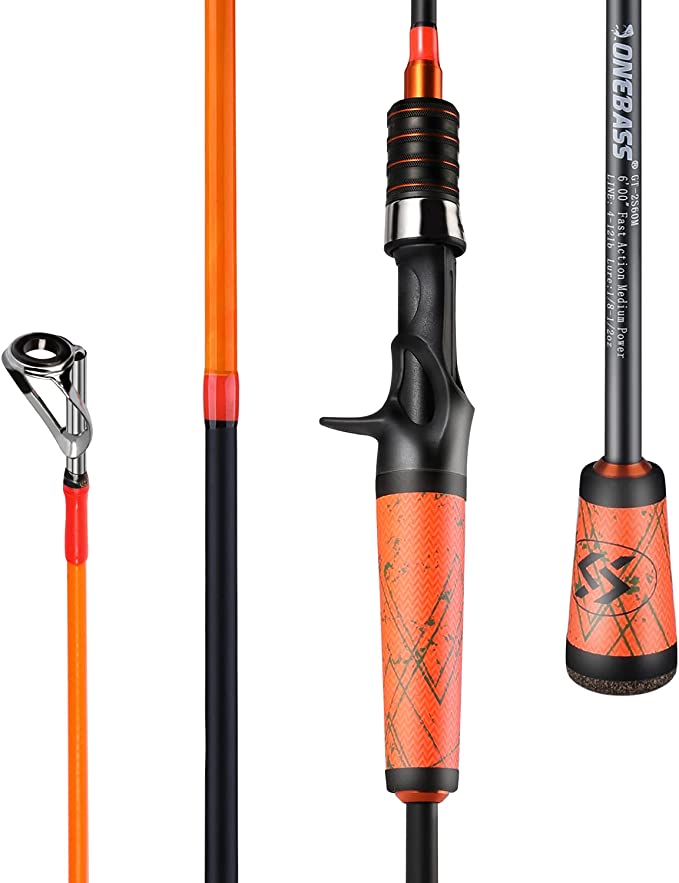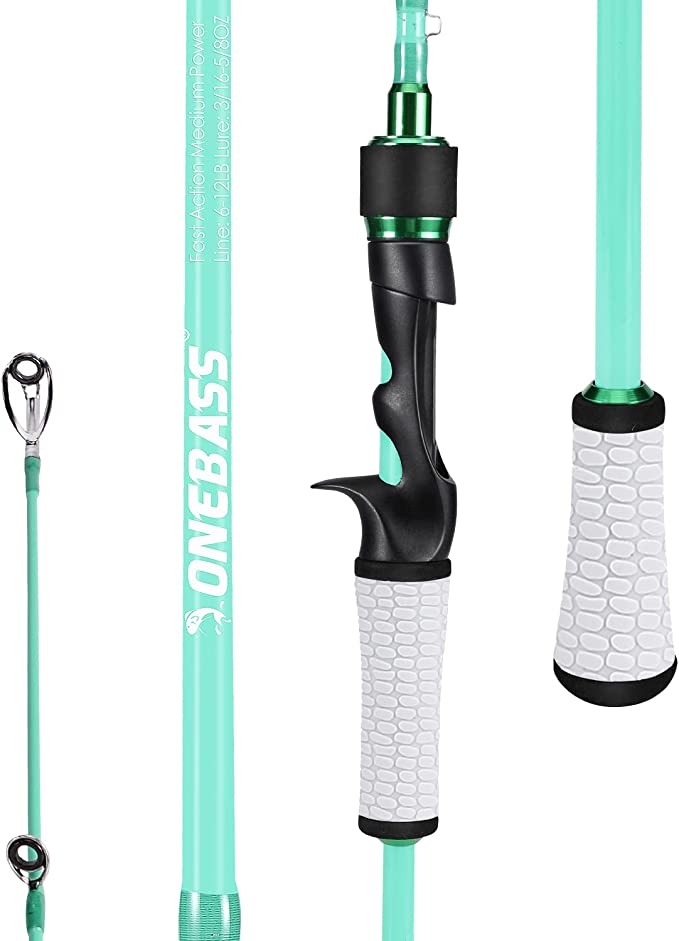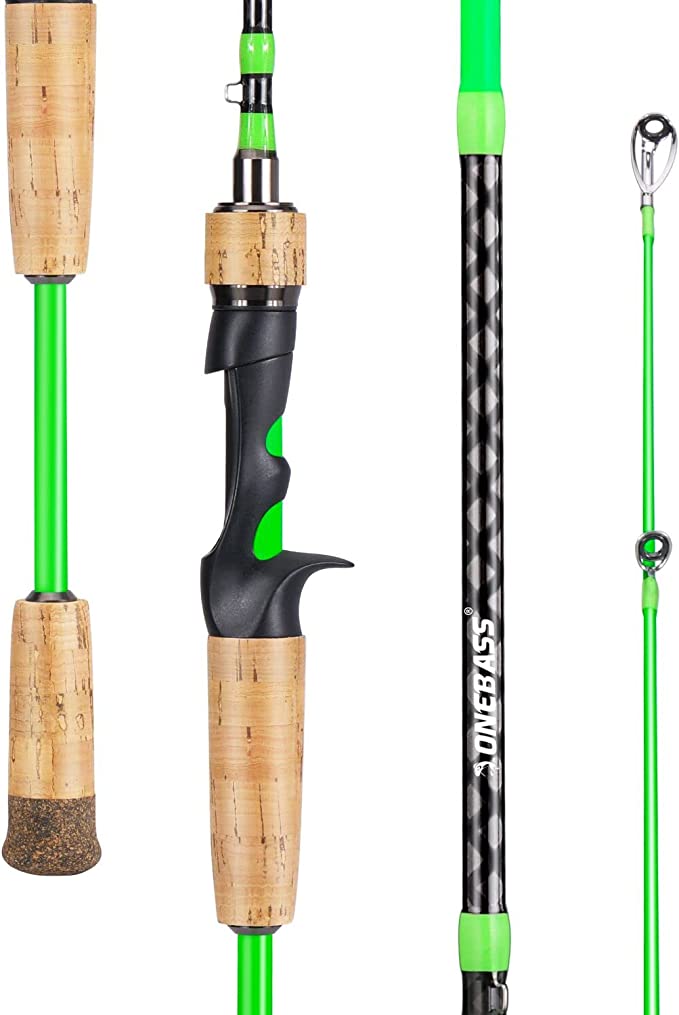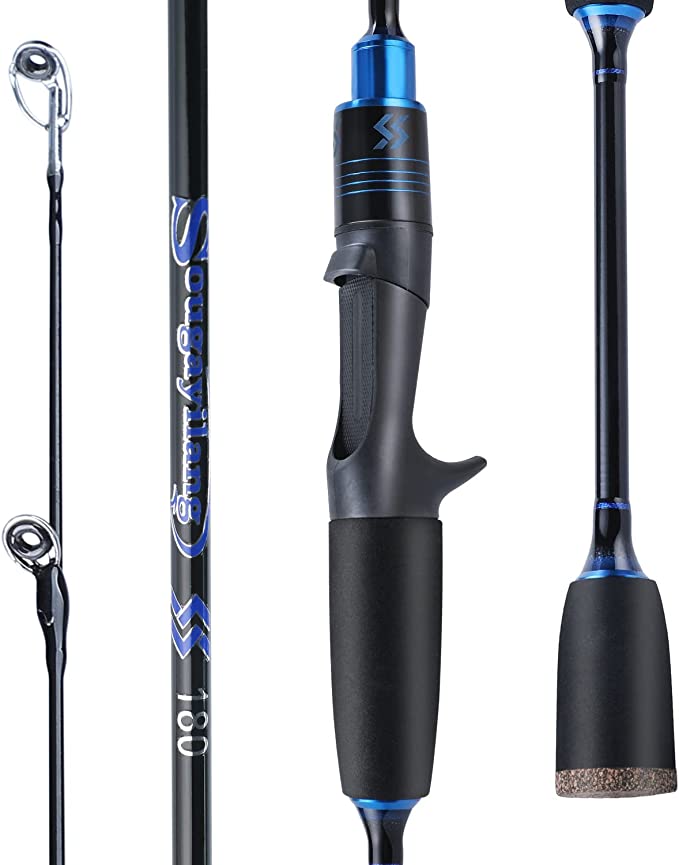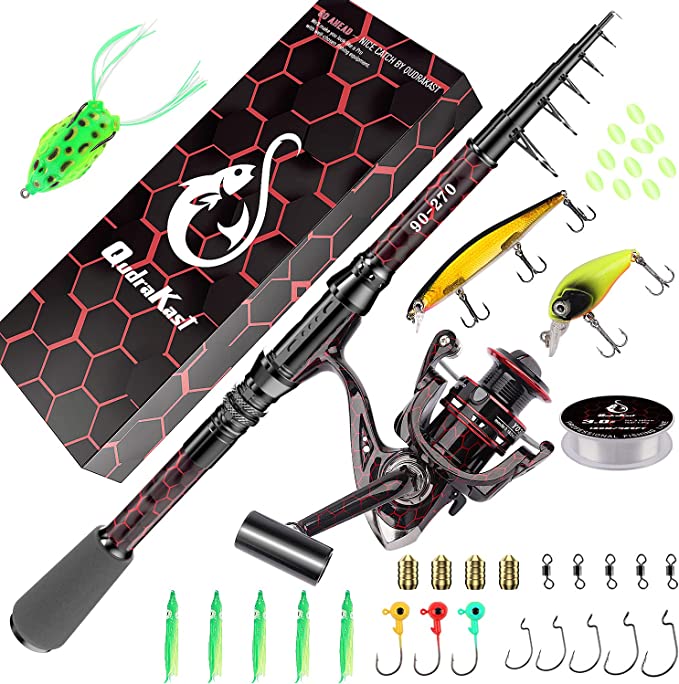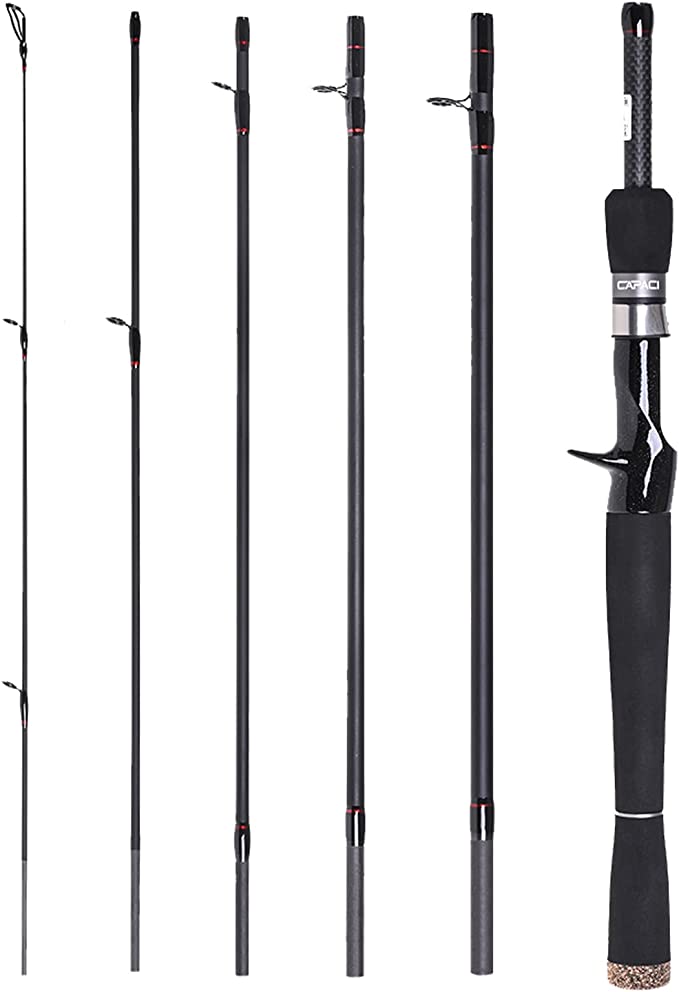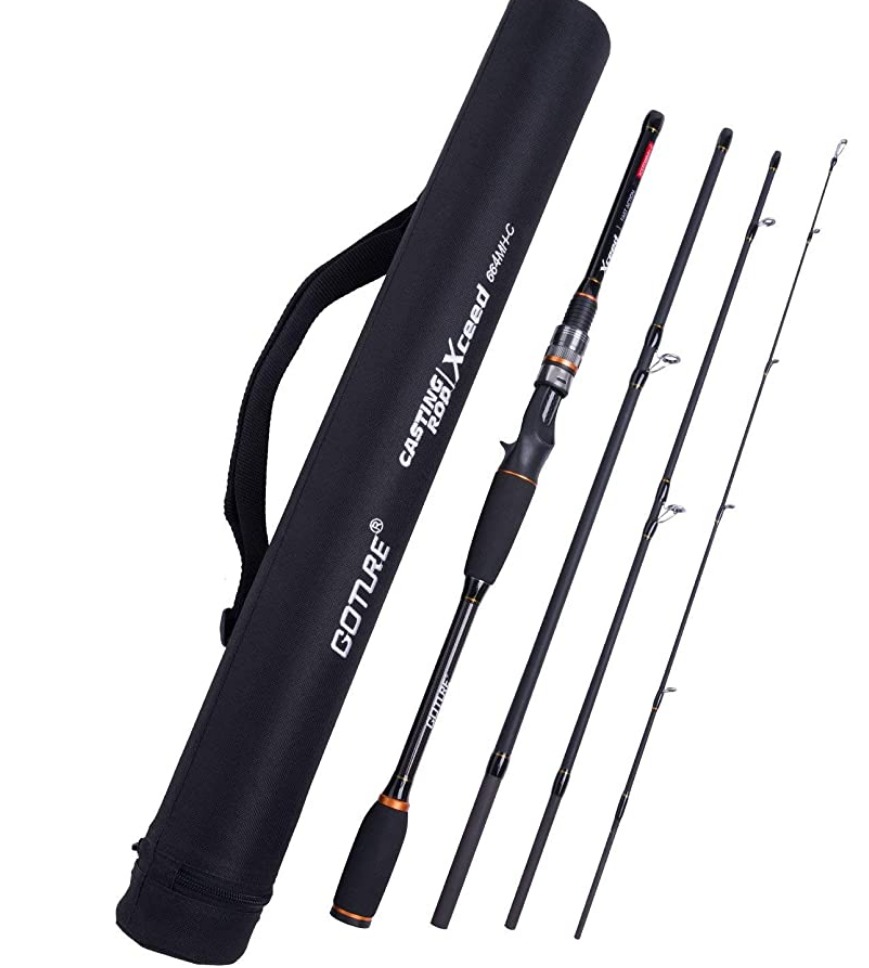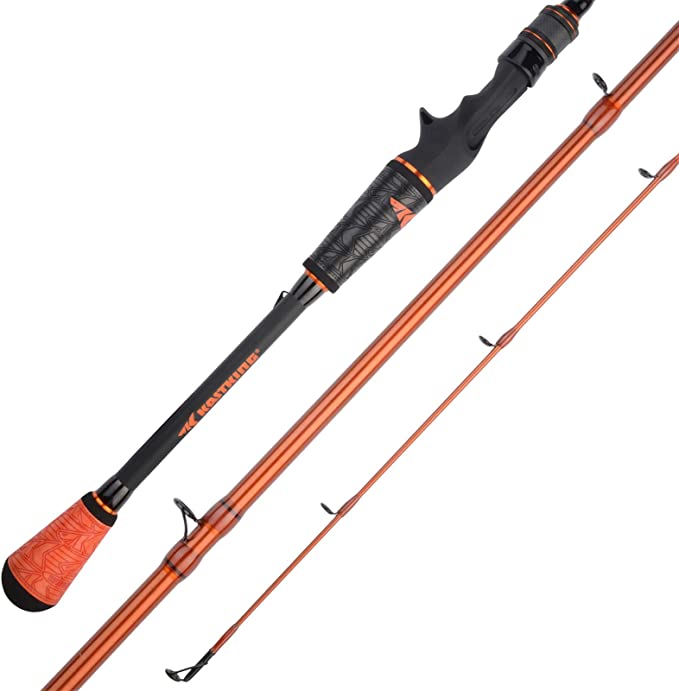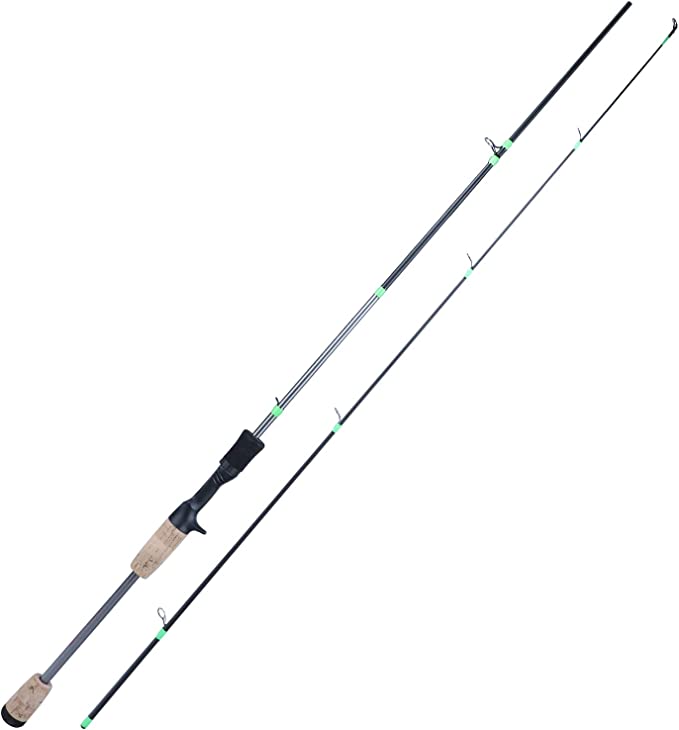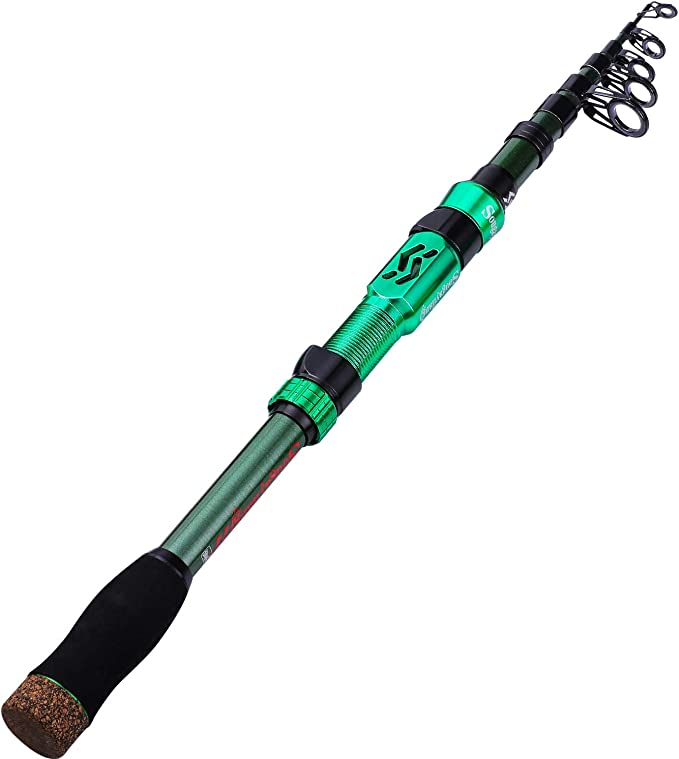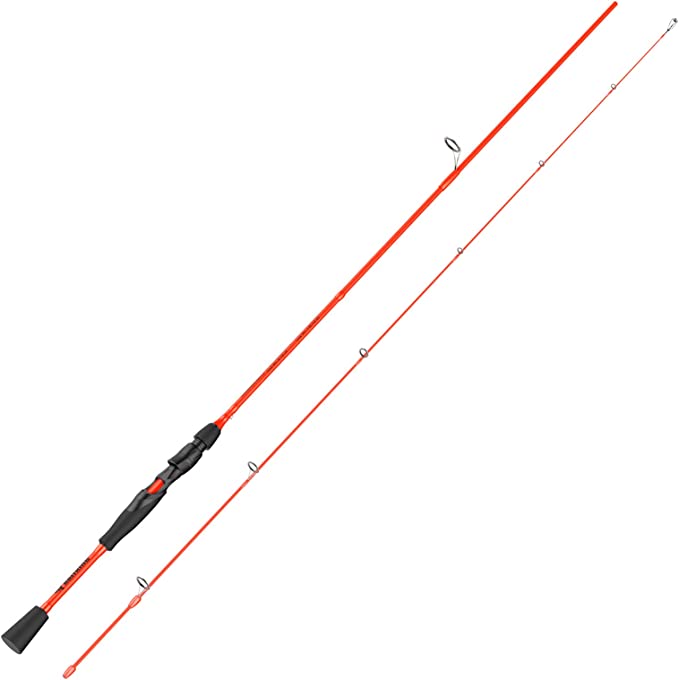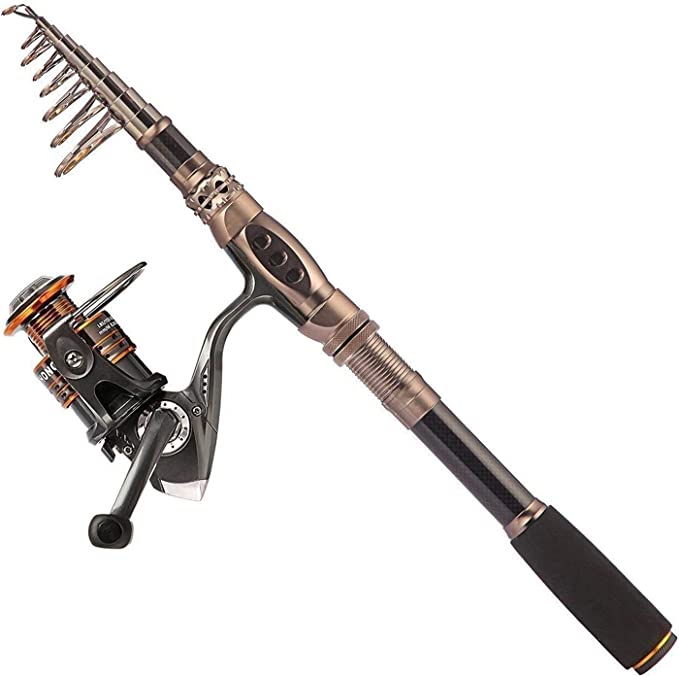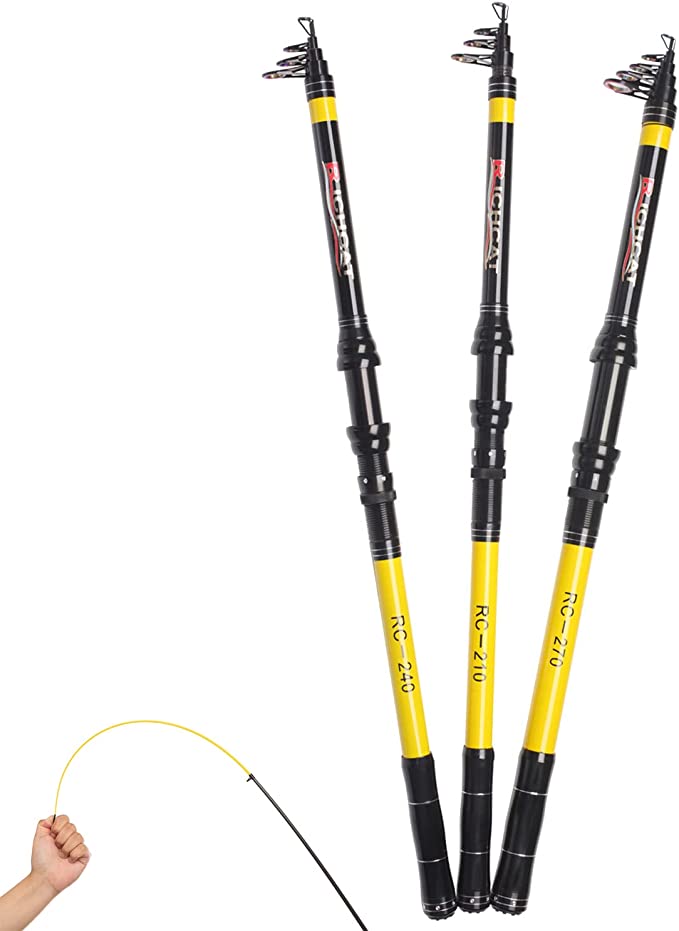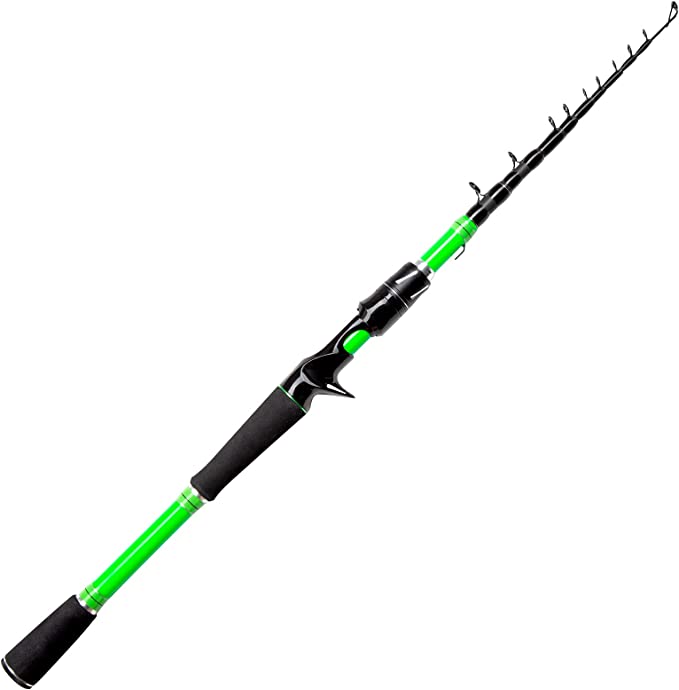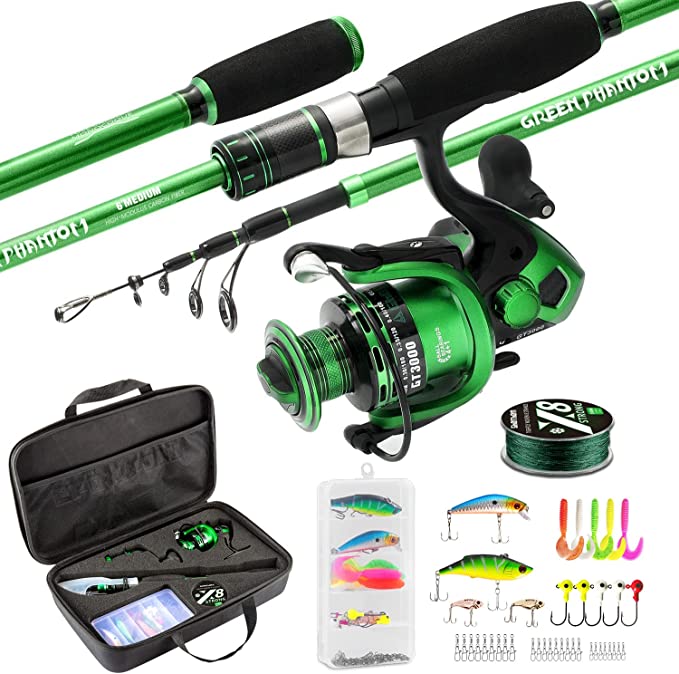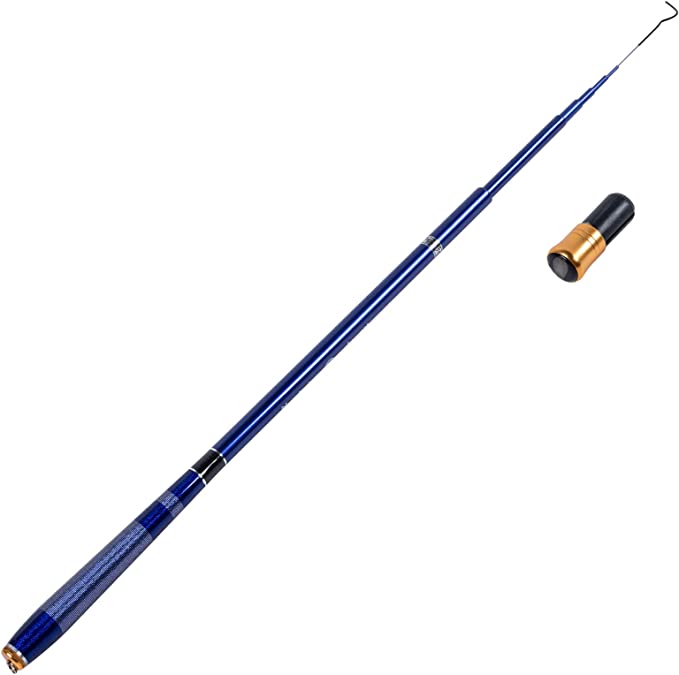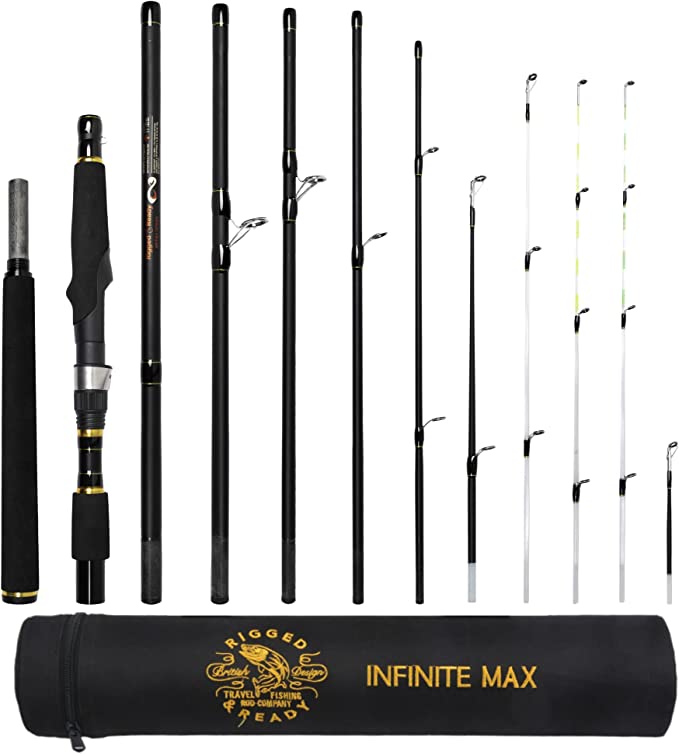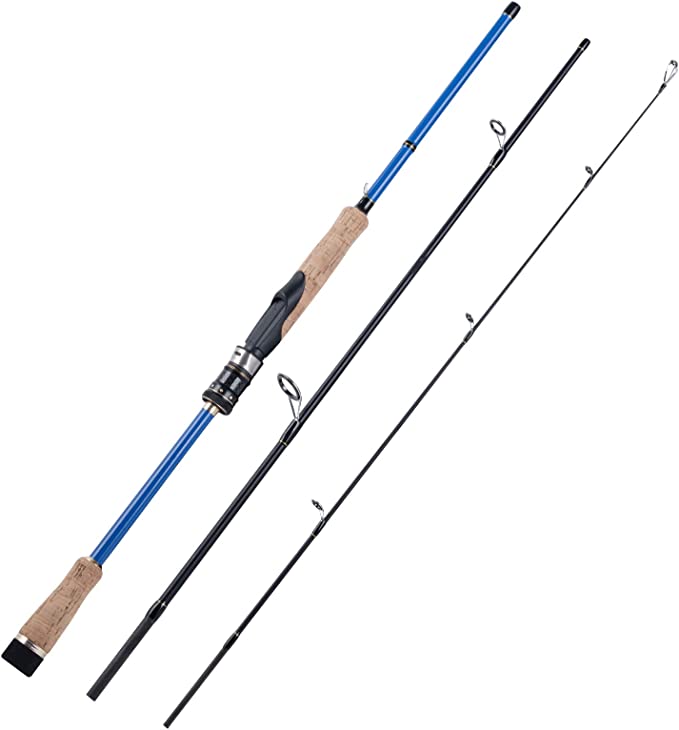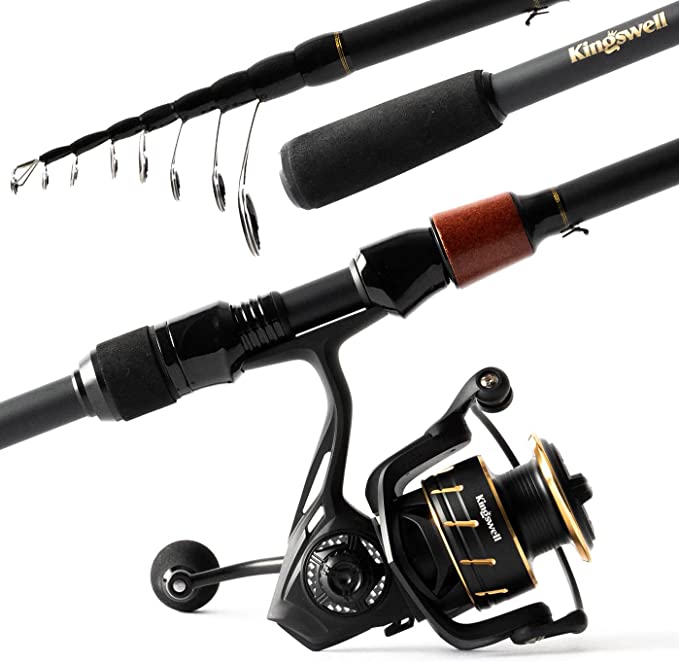The Engineer's Dilemma: Deconstructing the Science of a Modern Bass Fishing Rod
Update on Aug. 1, 2025, 12:20 p.m.
The electric thrill of a subtle tap traveling up a taut line is the very heart of angling. It’s a moment of connection, a secret whispered from the underwater world. We often attribute this feeling to instinct or luck, but in reality, it is a message translated by a remarkable piece of precision engineering. Using the Vicien LurEra Casting Rod as our specimen, we can dissect the elegant physics and material science that turn a simple stick into a sensitive extension of the angler’s own nervous system. This isn’t a review; it’s an exploration into the engineering dilemmas and brilliant compromises that define a modern fishing rod.
The Soul of Sensitivity: A Story of Carbon and Compromise
At the core of the LurEra lies its “High intensity 24 Ton graphite fiber blank.” This single phrase is the key to its performance and, simultaneously, its most misunderstood attribute. The term “24 Ton” has nothing to do with weight. It is a rating of the carbon fiber’s Tensile Modulus—a measure of its stiffness, or its resistance to bending. The higher the modulus, the stiffer the material. This stiffness is paramount for sensitivity.
Imagine striking a tuning fork. A stiff, high-quality fork rings true and long. A softer one produces a dull thud. A fishing rod blank operates on a similar principle. A subtle bite from a bass creates high-frequency vibrations. A high-modulus blank, like one made from 24-ton graphite, transmits these vibrations with incredible efficiency and clarity, sending a sharp, distinct “tap” to your hands. A more flexible material, like traditional fiberglass, would absorb and dampen these vibrations, turning that clear signal into a vague, mushy pressure.
However, this is where we encounter the fundamental trade-off in material science, a concept that stretches from aerospace engineering to this very fishing rod: stiffness often comes at the cost of toughness. As graphite fibers become stiffer, they also become more brittle and less resistant to sudden impacts. While the LurEra is engineered to be exceptionally light and sensitive, this design choice means it inherently possesses less impact resistance than a heavier, more flexible rod. The user reports of rods snapping are not necessarily a sign of a “cheap” product, but rather the tangible consequence of a design that prioritizes feeling every subtle texture of the lake bed over surviving an accidental slam against a boat gunwale. It’s the classic engineer’s dilemma: you can have extreme sensitivity or extreme durability, but it is exceptionally difficult and expensive to have both. The LurEra makes a clear choice for sensitivity.
Managing Chaos: The Unseen Work of the Guides
If the blank is the rod’s nervous system, the guides are its circulatory system, responsible for managing the chaotic energy of the fishing line. The LurEra’s specification of “stainless guides with ceramic insert” points to a critical synergy. The stainless steel provides a strong, corrosion-resistant frame, but the hero of this system is the ceramic insert.
This is a direct application of tribology, the science of friction, wear, and lubrication. During a long cast, the line can exit the reel at over 60 miles per hour. As it whips through the guides, it generates friction and heat. A simple metal guide would create significant drag, shortening the cast, and the resulting heat could easily damage and weaken the polymer structure of a monofilament or fluorocarbon line. Ceramic, being incredibly hard and smooth, has a very low coefficient of friction. This allows the line to fly through with minimal resistance, maximizing casting distance. Furthermore, its high thermal conductivity pulls heat away from the line, dissipating it into the guide frame and protecting your vital link to the fish. It’s a simple, elegant, and cost-effective solution to a complex physics problem.
The Physics of the Cast: Translating Intent into Action
The descriptors “Medium Heavy Power” and “Fast Action” define the rod’s mechanical personality. “Power” is its backbone. Think of it as the rod’s raw lifting ability, governed by the principles of leverage. A Medium Heavy rating signifies that the blank is stout enough to effectively drive a hook into a bass’s bony jaw and has the leverage to pull it from heavy cover like weeds or sunken timber.
“Action,” on the other hand, describes where the rod bends. A “Fast Action” rod flexes primarily in its upper third, near the tip. This design has profound implications for energy transfer. When you perform a cast, you are loading the rod with potential energy, much like drawing a bow. A fast action allows this energy to be stored and released with explosive speed, as the stiff lower section of the rod acts as a powerful lever, catapulting the lure forward. This results in higher line speed, which translates to longer distances and better accuracy. It also means that when you jerk the rod to set the hook, that energy is transferred to the line almost instantly, rather than being absorbed by the bending of the entire blank.
More Than the Sum of Its Parts: The Philosophy of Design
Every other feature, from its two-piece construction to its split-grip handle, is part of this same story of purposeful compromise. A two-piece rod sacrifices the perfect, uninterrupted action of a single-piece blank for the immense practical benefit of portability. The joint, or ferrule, by its very nature, creates a point of potential stress concentration, another engineering trade-off. The split grip isn’t just for looks; it reduces overall weight and can shift the rod’s balance point, enhancing comfort and control during a long day of casting.
When viewed through this lens, the Vicien LurEra reveals itself not just as a tool, but as a complete engineering system. It represents a specific design philosophy: to deliver a high level of modern performance—sensitivity and casting precision—by making intelligent sacrifices in areas like ultimate durability and one-piece integrity, all to achieve an accessible price point.
The Wisdom of the Imperfect Tool
In the end, a great fishing rod is not a perfect object. It is a series of well-reasoned answers to a complex set of physical challenges. Its character is defined as much by the strengths it chooses to pursue as by the weaknesses it is willing to accept. The Vicien LurEra, with its sensitive-yet-brittle graphite heart and its efficient energy-managing components, serves as a masterclass in this principle. To understand the science embedded in its design—the modulus of its fibers, the physics of its cast, and the philosophy of its compromises—is to move beyond simply using your equipment. It is to begin thinking like an engineer, and in doing so, to become a more insightful and effective angler.
